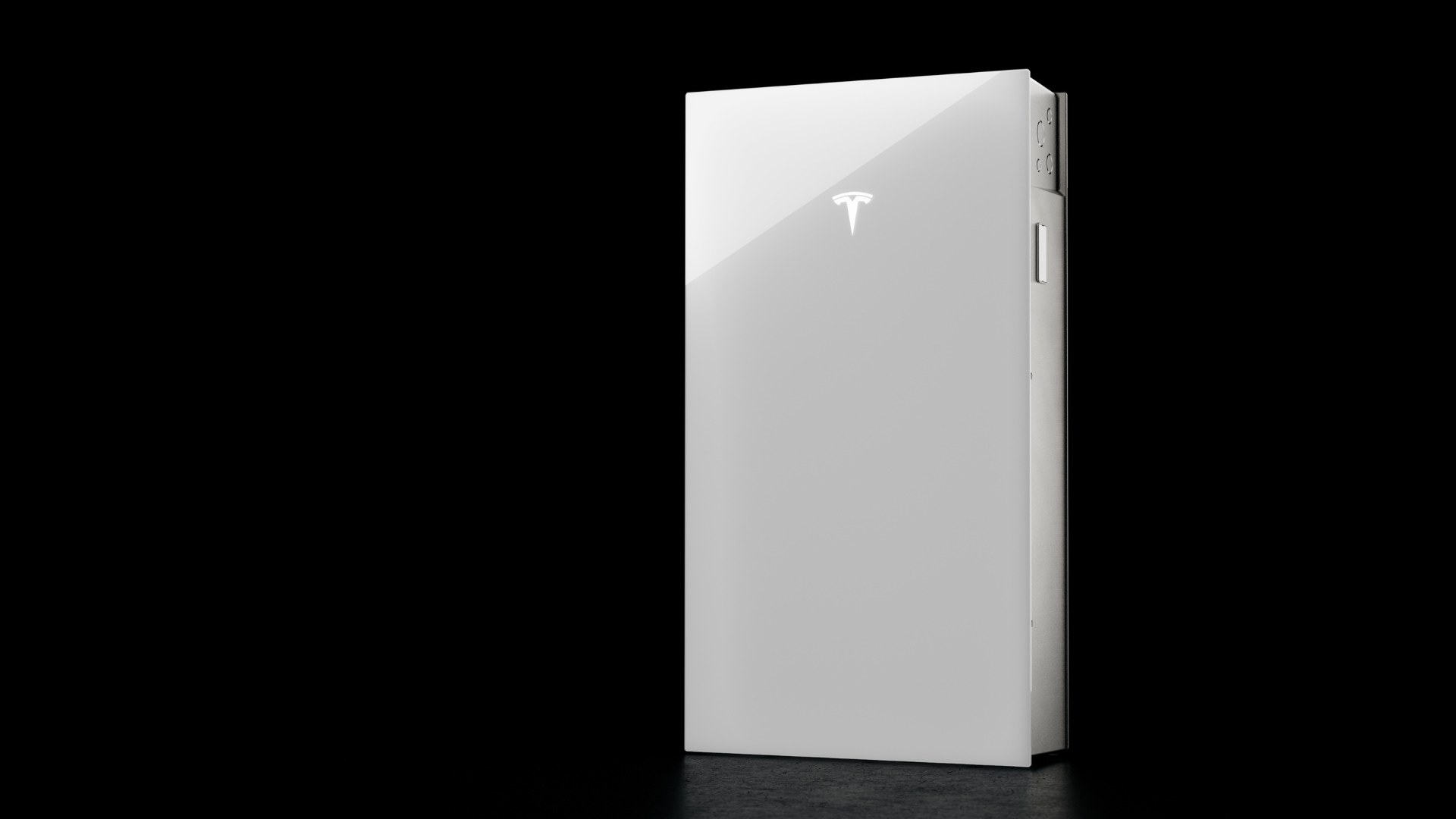What Is Solar Battery Depth of Discharge?
To easily understand the depth of discharge, we must first learn about the battery capacity. The battery capacity is the total electrical energy stored by the battery, expressed in kilowatt-hours (kWh). The depth of discharge of a battery is the fraction of electrical energy that can be withdrawn from the battery relative to the total battery capacity. For example, if the depth of discharge provided by the manufacturer is 10 kWh, and then you discharge 8kWh, the battery’s depth of discharge will be 75% (8 kWh/ 10 kWh).Why Is It Essential to Learn About Depth of Discharge?
Learning about the battery’s DoD is vital, especially when purchasing a new battery. A solar battery’s health and lifespan are strongly influenced by its DoD. You also need to know the DoD to select a battery that will meet your home’s energy demands.Specific DoD Limits
Battery manufacturers provide a specific DoD limit for their products. The number given is the maximum amount of discharge that a battery can create without affecting its future performance. For example, most lead-acid batteries have a DoD of 50%. In this case, it would not be recommended to discharge more than half of the battery’s capacity if you want your battery to last longer.Depth of Discharge Vs. Cycle Life
Like our phone or most battery chemistries, the ability to store energy reduces as it is charged and discharged, reducing the battery’s lifespan and potential to keep energy over that lifetime. Another factor affecting battery degradation is the maximum depth to which the discharge occurs. Consequently, If you fully discharge your lead acid battery, its electrolyte is more likely to degrade quickly than when you discharge it at the recommended 50%.Cycle Life
Typically, the degradation of a battery due to charge/discharge reduces its cycle life. A cycle life represents the number of charge/discharge cycles that a battery can withstand before a significant performance drop-off. Due to this, most battery manufacturers provide a cycle life for their products with the qualifier ‘at X DoD. Estimated life cycles help the buyers to assess the number of cycles a battery can withstand after a charge or discharge. For example, a battery may have 5000 cycles at 30% DoD and 1000 cycles at 75% DoD. If the battery exceeds its DoD limit, it is highly likely to degrade its cycle life quickly.Usage Affects Battery Life
However, a battery will not stop working after completing its given number of cycles. Most batteries will continue to function with only marginal declines in performance after completing their number of cycles. Battery performance also depends on how you charge/ discharge your battery. Some homeowners discharge daily, while others discharge after several years.Learn More About Your Options
Besides the depth of discharge, homeowners should evaluate many other factors before purchasing a solar battery. Also, after buying the batteries, it is necessary to ensure that they are well installed and charged correctly to maximize their efficiency. Contact us today to learn more about your options for solar battery storage.







